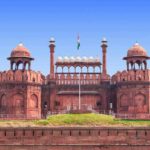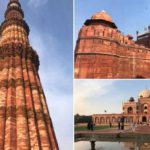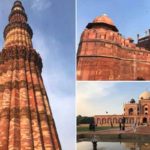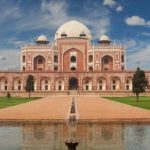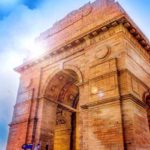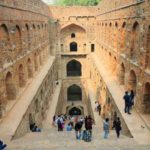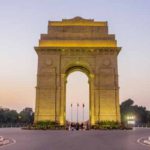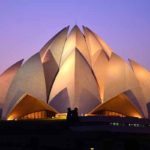Safdarjung Tomb Delhi The city of Delhi is probably the most happening city of India. One can even say that it breathes of multiculturalism, and the localities of Delhi know how to live peacefully asking men of a different culture, while also having utmost fun with it Delhi Tour Packages.
The architecture and the heritage of the city speak volume about itself. It is one of the few cities of India where one will find a local who can be the native of any part of India, be it from the south, north-east of the western parts of India.
Such is the diversity and culture of this city. Delhi, which is situated in the ‘heart’ of India can surely be called the literal heart of the nation just because of its take on the Indian culture and the unity in diversity of the nation. In this city, one finds the beautiful and the ever so holy Safdarjung Tomb Delhi.
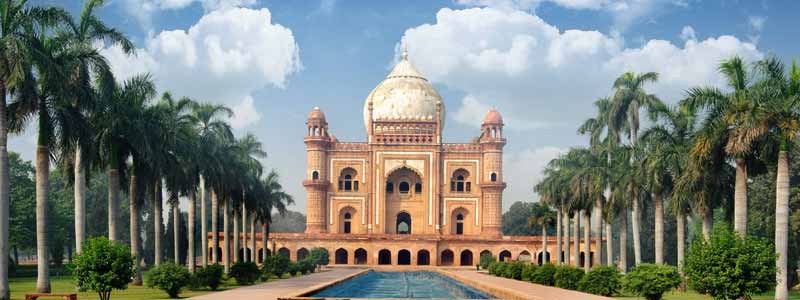
History of Safdarjung Tomb
Muhammad Muqim in Khurasan was born as a Persian native in 1708 AD. In 1722, he relocated to India and soon after, in 1739, he became the Subedar Nawab of Oudh, viceroy to the Mughal Emperor Muhammad Shah. With the death of Muhammad Shah, his son Muhammad Shah Ahmad Shah ascended the throne in 1748, and Muhammad Muqim was promoted to the post of the Chief Minister under the title of Wazir ul-Mamalk-i-Hindustan. He was also bestowed with the title of ‘Safdarjung’. As the new king was immersed in wealth and women, Safdarjung took charge of the duties, and the king merely became a puppet in the hands of the Chief Minister Delhi Monuments.
Gradually Safdarjung started over utilising his authority and exploiting his privileges. Consequently, he was dismissed from his post ensuing some court politics and was exiled in 1753. After his death in 1754, his son Shuja- ud- Daula pleaded with the king and on his consent constructed this mausoleum in the memory of his father which was called Safdarjung Tomb or ‘Safdarjung ka Maqbara’ Safdarjung Tomb Delhi.
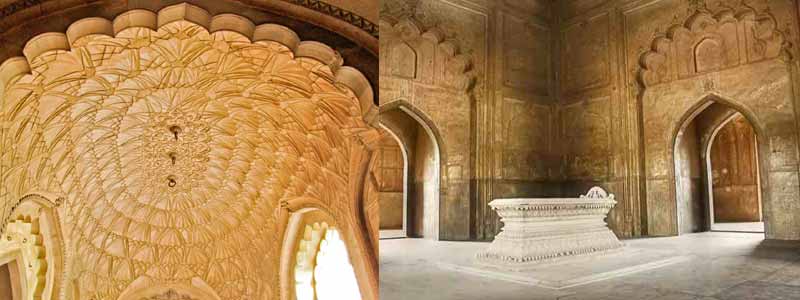
Architecture of Safdarjung Tomb
Safdarjung Tomb was one of the last colossal tombs of the Mughal architecture inspired by the very famous Humayun’s Tomb. The design had four key features- the char bagh style- the mausoleum in-between surrounded by four gardens, the nine-fold floor, five facade design and a huge rostrum with a secret passageway. The front of the monument has intricate ornamentation and has been painted in florid purple shades. The inscription at the entrance is written in Urdu which can be translated to “When the hero of plain bravery departs from the transitory, may he become a resident of God’s paradise.”
The main mausoleum has high arched walls with intricate carvings, the cenotaph is reposed on the central chamber which is square in shape, and the dome rests on top of the terrace. The underground chamber beneath the cenotaph has the graves of Safdarjung and his wife. Built entirely with red and buff stones, the interiors of the maqbara are covered in rococo plaster work. Four polygonal towers decorated in marble and possessing huge arches occupy the corners of the tomb from outside. The rear side of the monument houses a library and several rooms. To its right, is built a mosque.
The facade though following the conventional style of Mughal architecture and built closely on the lines of Taj Mahal, clearly lack the precision of a professional architect. The structure appears unbalanced due to accentuated prominence of the vertical axis, the dome is more elongated, and the four minarets are a part of the main monument, unlike the Taj Mahal where the minarets are detached. It has also been noticed that the marble used in the construction is not completely ‘white’ and the quality of materials used was rather ‘poor’. All in all, most studies conclude that the fort is a significant example of the declining Mughal kingdom.
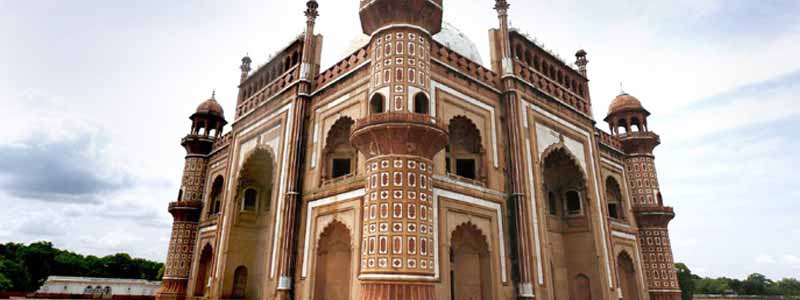
Best Time To Visit Safdarjung Tomb
Winters, early Spring or Late Autumn, is the ideal time to visit this place due to the infamous Delhi heat. The summers can get scorching and sultry, and your visit can get unbearable and really uncomfortable.
How To Reach Safdarjung Tomb
Delhi is a state well connected through metro and state-run buses. The nearest metro station to Safdarjung Tomb is Jor Bagh Metro, situated on the yellow line. The mausoleum is just about 300 metres from the metro; you can either choose to walk or hire a local or a battery run rickshaw. You can also book a taxi cab for a more comfortable journey. Alternatively, you can travel in one of the buses which will be relatively economical Safdarjung Tomb Delhi.
By Air: Delhi has a very good air service both domestic and international flights. Delhi has flights to all the major cities within and outside India.
By Rail: Delhi has a very good rail connectivity. It has four major railways namely Old Delhi Railway Station, New Delhi Railway Station, Hazrat Nizamuddin Railway Station and Anand Vihar Railway Station Safdarjung Tomb Delhi.
By Road: Delhi has well connected road and national highways from all the major cities of India. The three major bus stands are Inter State Bus Terminus (ISBT) at Kashmiri Gate, Sarai Kale Khan Bus terminus and Anand Vihar Bus Terminus. Both government and private buses provide with good service.

